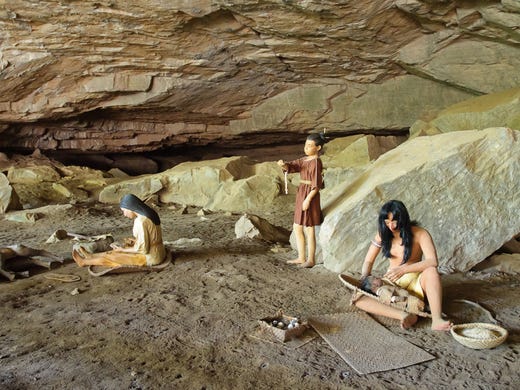BERLIN (Reuters) - The United States is missing out on a global boom for tourism, hurt by a so-called Trump slump and currency exchange rates, travel industry experts said at a gathering in Berlin this week.
While U.S. President Donald Trump maintains that the travel ban blocking visitors from nations including Iran, Libya and Syria is needed to protect the United States from Islamic militants, the bans have raised concerns over America’s image as a welcoming country, with data showing a decline in tourist numbers last year.
International arrivals to the United States were down 4 percent in the first three quarters of 2017, Trump’s first year in office, according to the most recent data available from the United States.
By comparison, international tourism arrivals worldwide in 2017 were up 7 percent, representing the strongest result in seven years, figures from the United Nations World Tourism Organization (UNWTO) show.
“Politics is not helping us,” said Tilo Krause-Duenow, owner of German tour operator CANUSA, which specializes in trips to North America.
“The potential for the U.S. could be much bigger. Prices have come down due to the currency weakening and we should have seen a much bigger increase in demand,” he told Reuters at the ITB travel fair in Berlin.
German market researcher Gfk says that bookings from Germany to the United States are down 20 percent for the 2018 summer season, though it said this could be down to factors such as last year’s hurricane season and foreign exchange rates as well as the Trump effect.
Flight bookings to the United States fell 2 percent in 2017 and were flat in the first two months of 2018, a report by travel analysis company ForwardKeys showed this week. The report cited a weaker British pound, which makes it more expensive for Britons to travel abroad, and Trump’s travel ban.
America’s hopes of improving its reputation as a foreigner-friendly destination look to have been dented further this week, with Trump’s imposition of steel and aluminum tariffs on Thursday raising fears of an international trade war.
New York had initially predicted a decline in international visitors by 300,000 for 2017 after Trump took office but now expects a smaller decline of about 100,000 to roughly 12.6 million.
“We’re still concerned because it takes the spending power of four domestic travelers to equal the spending power of one international traveler,” said Christopher Heywood, spokesman for New York City’s official tourism organization NYC & Company.
One area of optimism is ForwardKeys data showing that international forward bookings to the United States from within the Americas over the next six months are up 7 percent, but bookings from elsewhere have crept up by only 0.5 percent.
Some travel operators, however, say the concerns are overblown.
Arnaud Devanlay, of Evaneos, a website that offers tailor-made tours, said people had been concerned in the early part of last year but then decided to travel anyway.
“They’re visiting a country, not a government,” he said.
Delta Air Lines’ (DAL.N) sales director for Europe, the Middle East and Africa, meanwhile, says that recent weakness in the dollar will help to lift demand.
“People want to go where they get the most for their money, where they feel safe and there’s exciting things to see,” Delta’s Bob Hannah said.
“And Trump’s not going to stop that.”


















































